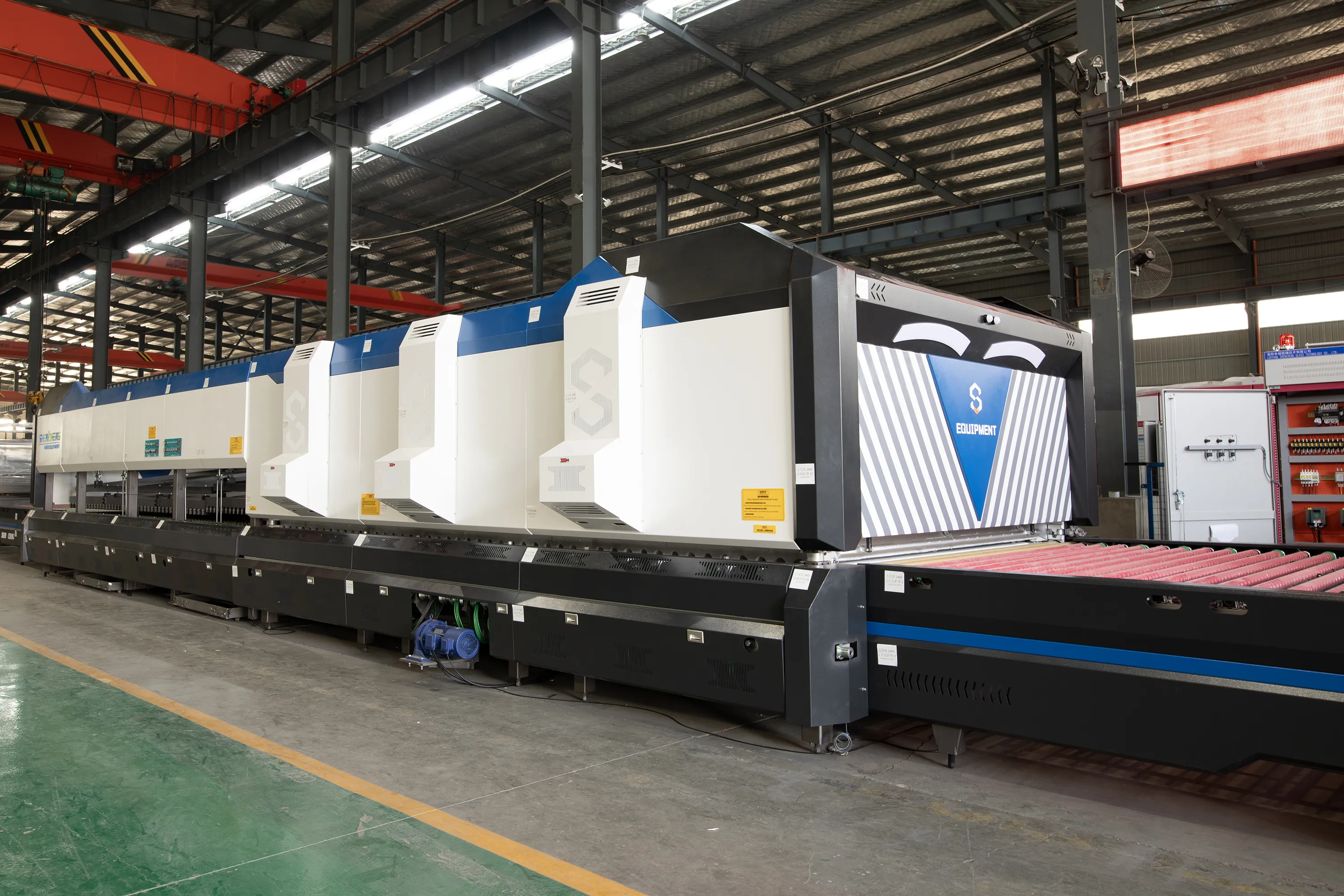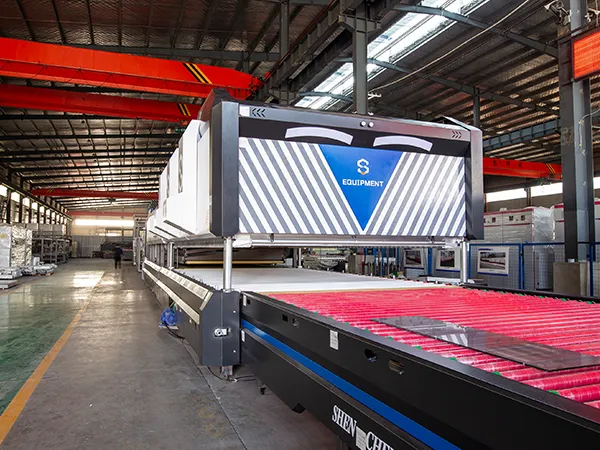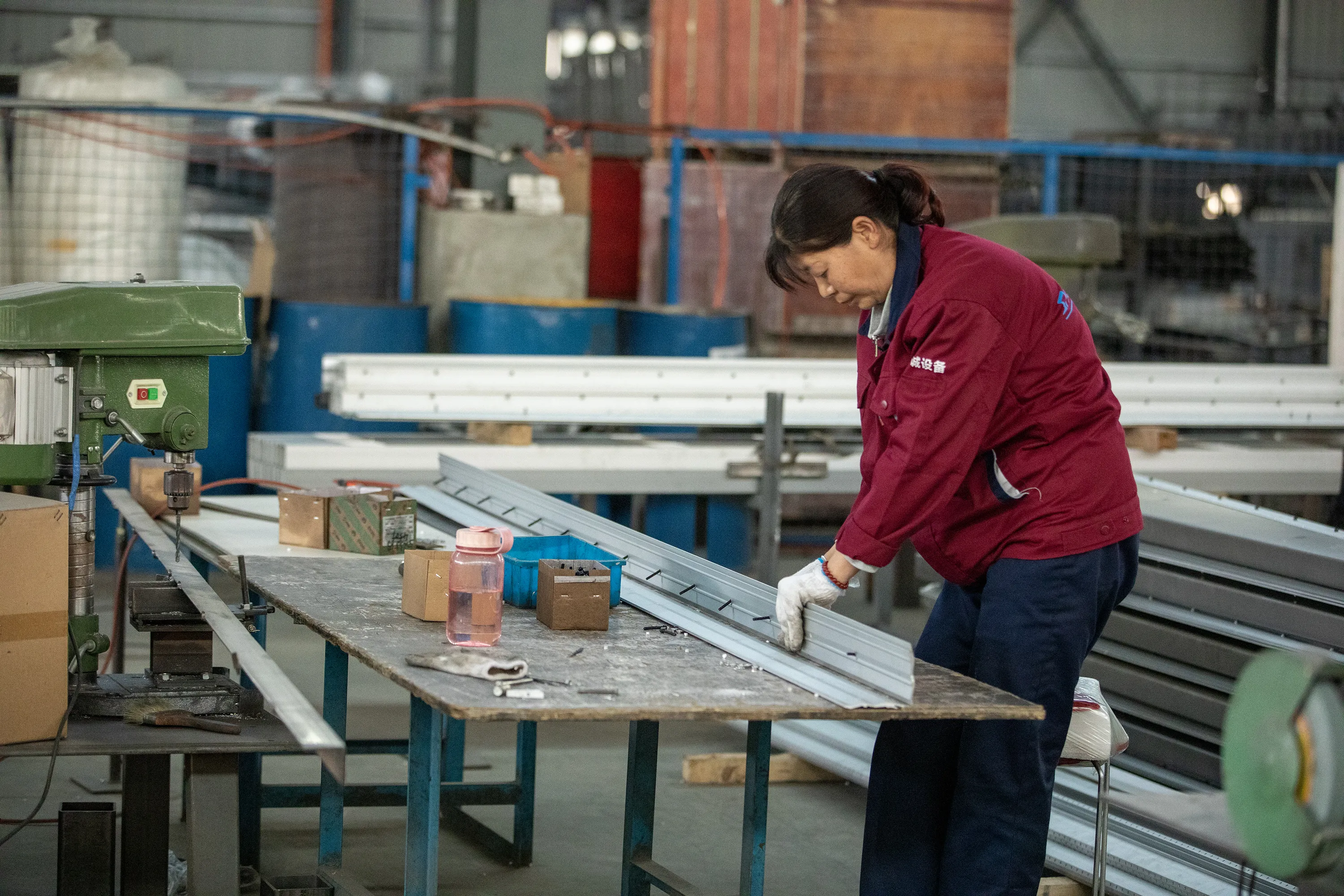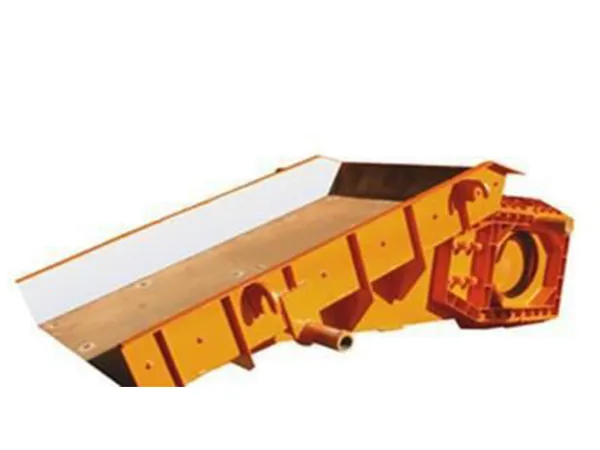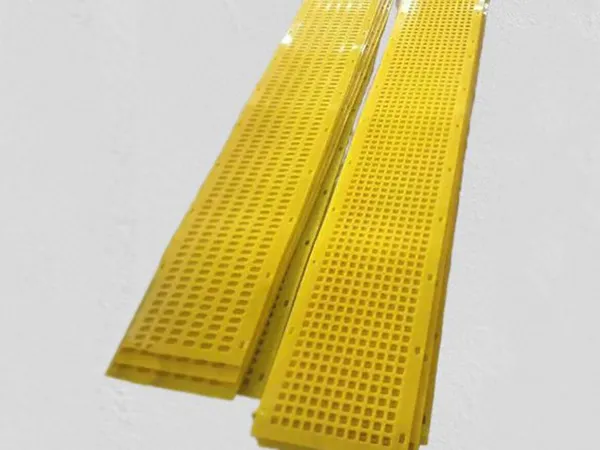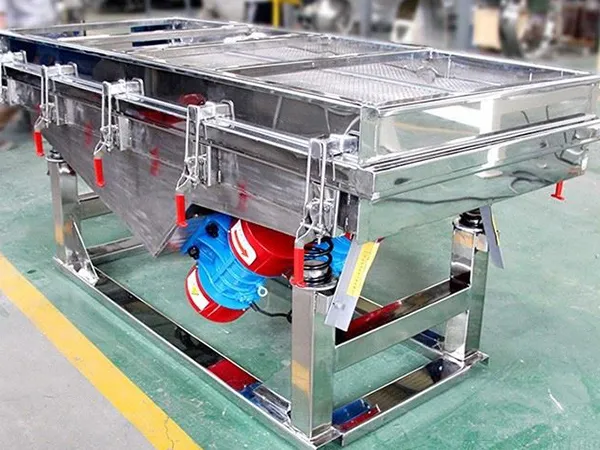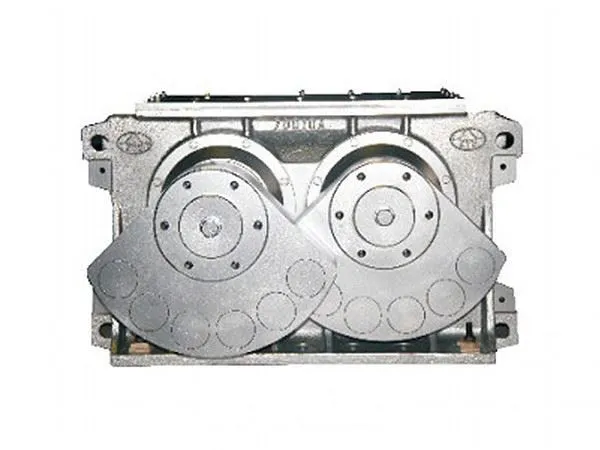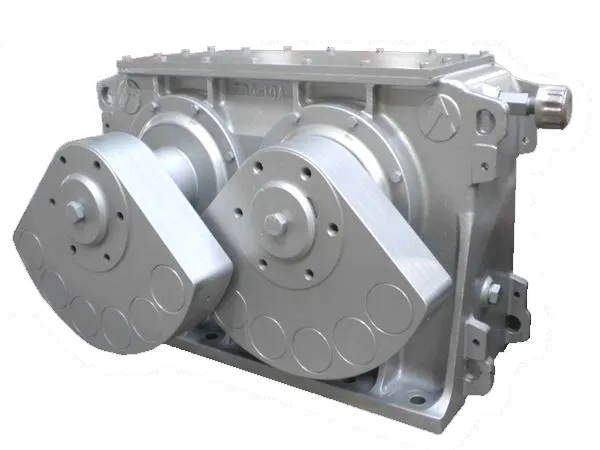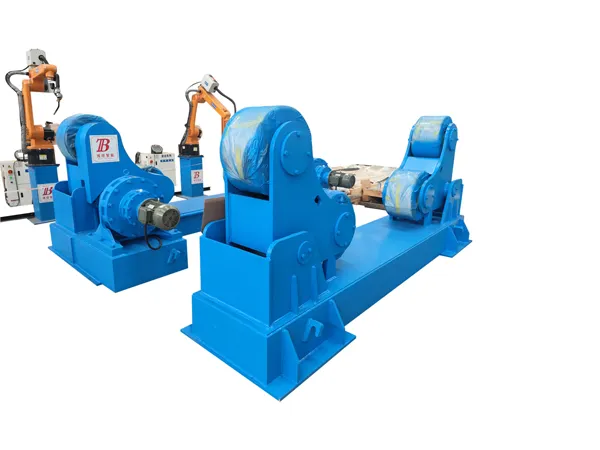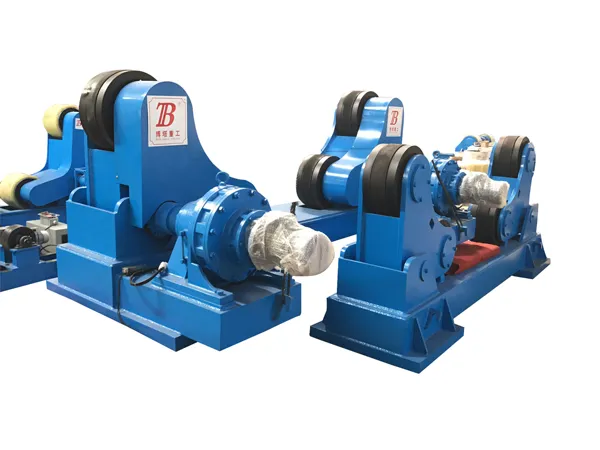Armarios para instrumentos de acero. are designed to store and protect various instruments and tools, a menudo utilizado en medicina, laboratorio, o entornos industriales. Son valorados por su durabilidad., seguridad, y capacidad para limpiarse y esterilizarse fácilmente. Las dimensiones y especificaciones de los gabinetes de instrumentos de acero pueden variar ampliamente según el fabricante., Uso previsto, y requisitos de diseño específicos.
Steel Instrument Cabinets Common Dimensions

Altura: Normalmente oscila entre 30 pulgadas (76 Tamaño) a 84 pulgadas (213 Tamaño)
Ancho: Los anchos comunes son 18 pulgadas (46 Tamaño), 24 pulgadas (61 Tamaño), 36 pulgadas (91 Tamaño), y 48 pulgadas (122 Tamaño)
Profundidad: Generalmente oscila entre 12 pulgadas (30 Tamaño) a 24 pulgadas (61 Tamaño)
Steel Instrument Cabinets Typical Specifications
Material:
Acero de alta calidad (a menudo laminado en frío)
Acabado con recubrimiento en polvo para mayor durabilidad y resistencia a la corrosión.
puertas:
Puertas de acero macizo
Puertas de cristal (vidrio templado para mayor seguridad)
Combinación de puertas macizas y de cristal.
Puertas con cerradura para mayor seguridad.
Estantería:
Estantes de acero ajustables
Reforzado para uso intensivo
Las capacidades de los estantes pueden variar, pero normalmente oscilan entre 100 libras (45 kg) a 400 libras (181 kg) por estante
…
Para obtener información más detallada sobre las dimensiones del gabinete de instrumentos de acero, por favor haga clic aquí: https://www.cydfurniture.com/en/a/news/steel-instrument-cabinets-dimensions.html


